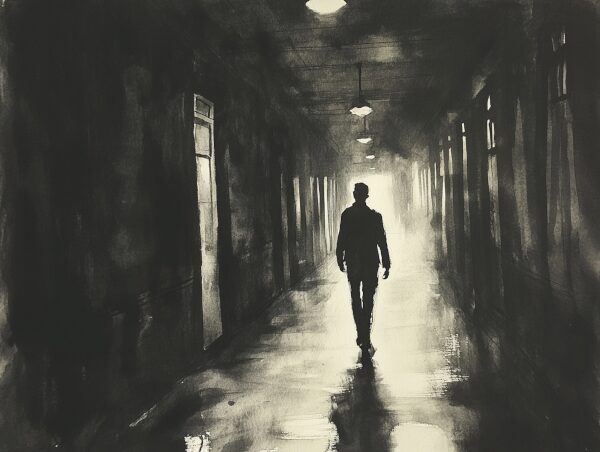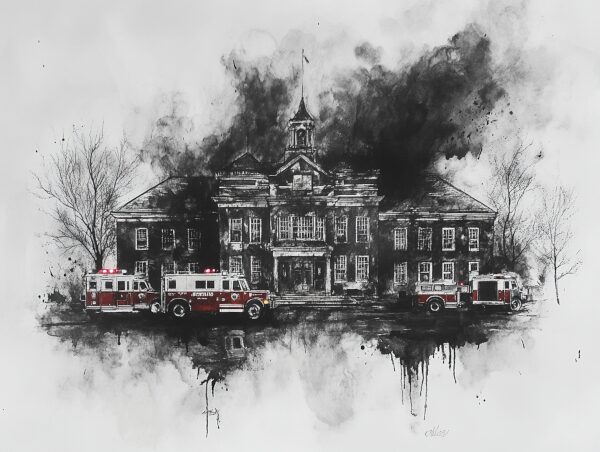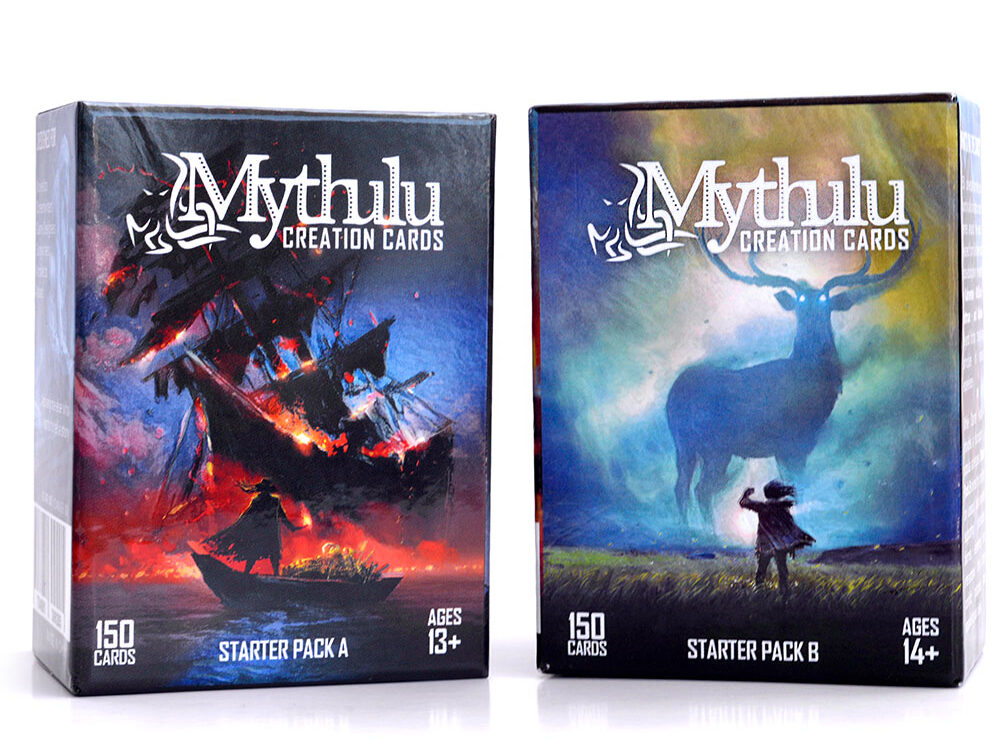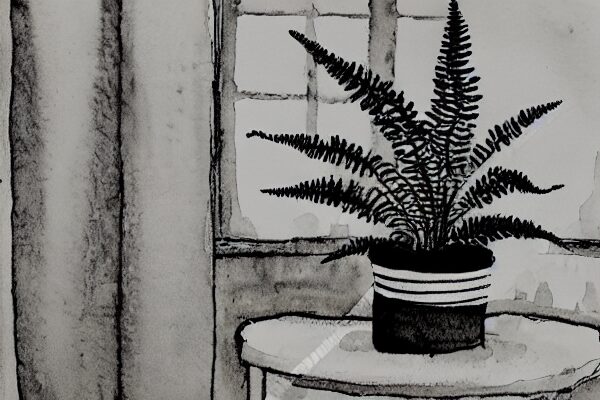
Last week was an odd one. There was meeting on top of meeting at school, with one whole day given over to “Professional Development.” This is when everybody in the English department gets together to listen to presentations about textbooks and online resources.
Classes for teachers, basically.
I get the feeling that, because teachers are teaching classes all the time, they really want to believe that more classes is always a good thing. Sort of like if there were a meeting of gastroenterologists and they all went to get colonoscopies, thinking, “This is what regular people do!” It’s fine enough in theory, and everyone can do with a good flushing out, but sometimes all you want is a chance to sit down and do your goddamned work.
Plus, most of these “Professional Development” sessions are led by textbook salesmen. Shills, in other words.

After such a long week, I was really hoping to unwind. Sarah and I do this by just sort of existing at home. We don’t go out too much and aren’t all that adventurous. Sarah knits and reads. I read and write. The cat vacillates between her lap and mine and we make a real time of it.
We had to go places, though, on Friday. My dad asked us to drive to where he lives so we could visit a Brazilian steakhouse. It was only a 45-minute drive and we honestly haven’t been visiting…anybody as often a we should, so we hopped on down and made a night of it.
The pseudo-Brazilians kept coming around with meat on skewers and all of us had…too much. (The salted pork was particularly delicious.)
The next day, my older brother came to town for a sports thing and brought a whole bunch of beef for us to take home, so now our freezer is full. This is a thing that happens often in Nebraska — a friend or relative kills a whole cow and spreads the beef around. Like Jesus except with red meat instead of fish.

A part of me wishes we were the adventurous people we used to be — not all that long ago we were living in Indonesia, eating shakshuka on the beach, driving a scooter through rice paddies and forests where monkeys steal cell phones. I spend too much time these days wondering, “What changed?”
When did we become a couple of chumps who just sit at home in Nebraska of all places?
It happened, as many other things did, during the pandemic. I feel like we haven’t been able to “recover” since then, as if the world has been getting slowly and inexorably worse in every measurable way. Our health, both mental and physical, haven’t been great. Everything financial is pretty much f*cked. Everyone is divided, storms are destroying everything, and it turns out Joker 2 probably won’t be very good.
As often happens when I’m in this kind of mood (I’m sick today with some kind of flu and feeling blue about it), I tend to blame myself for things that are going on.
Things aren’t even really that bad. We have food and a roof over our head. We’re getting older and maybe want to settle down a bit. I’ve got to practice gratitude. Even though I’m not all that good at it.

Still. I look around where I live, look at what’s going on in America, and I think, “Why in the hell is everyone working so hard to maintain….THIS?” We’re like people on the Titanic hanging up “ICEBERG 2024” signs and complaining about all the immigrants locked up below decks. Who would want to shovel coal in that scenario?
I don’t have an answer. But grading papers in which students write that Elon Musk INVENTED the goddamned ELECTRIC CAR to HELP HUMANITY makes me wonder what in the hell I’m losing sleep over.
Sigh. Food over my head. Roof in my belly. This is my mantra.


















